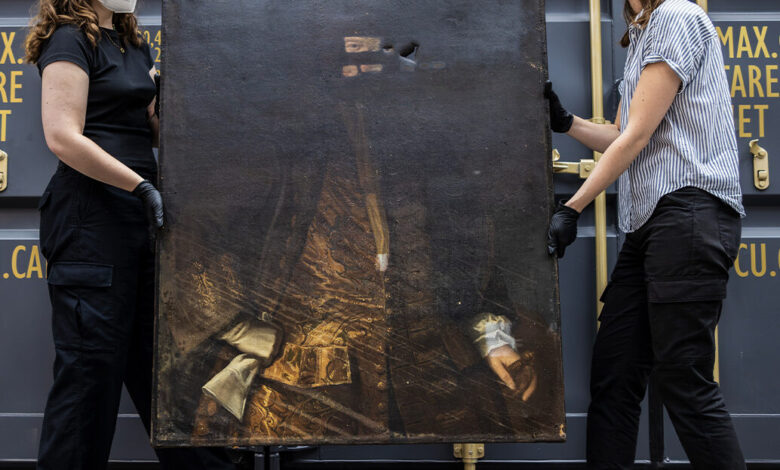The Art of Conservation: Restoring Fire-Damaged Structures While Preserving Their Integrity

Understanding Fire Damage
Fire damage presents a significant challenge to any structure. It can lead to serious structural issues, as flames and intense heat and smoke can weaken and disfigure materials. Adding to this complexity, the water or chemicals used in firefighting efforts often result in further damage. Enlisting the help of a restoration & construction company can be crucial in tackling these multifaceted issues, ensuring that the building’s integrity can be preserved as much as possible.
Beyond the immediate visual damage, fire can alter the structural composition of materials. Bricks can crack, concrete can spall, and wood can warp or become brittle. Restorers must return a building to its former glory and safety standards.
Principles of Conservation
Principles of conservation guide the careful restoration of fire-damaged buildings. These guidelines stress how crucial it is to preserve the original structure and architecture, preserving the historical and cultural value. Taking a careful and measured approach can often bring a building back to life without sacrificing its story. The conservation principles stress minimal intervention, aiming to use original materials where possible and ensuring reversible changes.
Restoration Techniques
Several techniques are employed in restoring fire-damaged structures. These include detailed structural assessments, smoke damage remediation, and specific architectural restorations. Smoke and soot can infiltrate even the tiniest crevices, requiring thorough cleaning and deodorizing techniques to remove residue and odor. Meanwhile, structural restoration often involves reinforcing or replacing compromised elements with new materials that mimic the old, ensuring that repairs do not stand out against the original artistry.
Challenges in Restoration
Restoration projects are fraught with challenges, including maintaining aesthetic value while ensuring functional integrity. Maintaining historical authenticity while utilizing contemporary materials for safety requires a careful balancing act. One critical hurdle is sourcing suitable materials. Where original materials are unavailable or impractical, restorers must find modern equivalents that do not detract from the building’s historic aesthetics.
The Role of Modern Technology
Today’s restorers often turn to modern technology for help. Technologies such as 3D scanning offer detailed visual assessments, enabling restorers to analyze structures without invasive methods. Moreover, advances in material science provide restorers with improved options for strengthening buildings while mimicking traditional materials. This ensures that a structure can be safe without compromising its architectural integrity. Innovations in technology advancements offer restorers new avenues to approach complex tasks more carefully and precisely.




